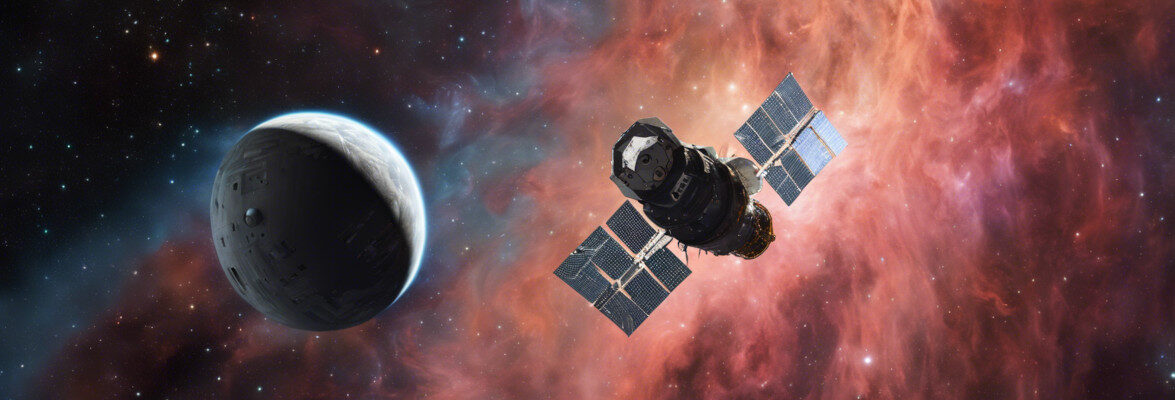
The light of stars around primordial quasars offers clues to the formation of supermassive black holes
An article published in “The Astrophysical Journal” reports the results of observations of primordial quasars that indicate that supermassive black holes form from “seeds” that are very massive and grow quickly. A team of researchers used observations conducted with the James Webb Space Telescope as part of the EIGER project to detect the faint light of the stars surrounding three of those quasars. This feat offers the possibility of obtaining much more information that allows to estimate the mass of galaxies and central supermassive black holes.
The estimates obtained for the three galaxies at the center of this study indicate that the primordial supermassive black holes were much more massive than today’s supermassive black holes compared to their host galaxies. According to the researchers’ reconstruction, primordial quasars powered by black holes engulfed materials at enormous speeds as they went from initial seeds to supermassive black holes.





